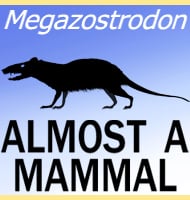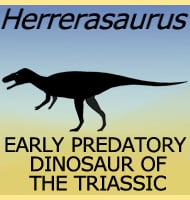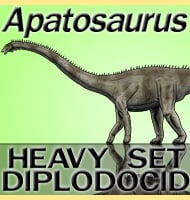In Depth
Limnoscelis is a genus of diadectomorph that lived in North America during the early Permian period. Diadectomorphs (there name taken from the genus Diadectes) are often identified as being herbivorous, though Limnoscelis seems to be an exception to this with the dentition and body form of a primitive predator. Limnoscelis however was not a pursuit predator as the ankle bones of the feet were fused. This meant that the movement range of the legs was limited, restricting fast and agile movement, but it also means they were also very strong, meaning that Limnoscelis would have been better at holding on to larger slow moving prey.
Further Reading
- A new family of reptiles from the Permian of New Mexico. - The American Journal of Science, series 4 33:378-398. - S. W. Williston - 1911. – Restoration of Limnoscelis, a Cotylosaur Reptile from New Mexico. – The American Journal of Science. 4. 40 (203): 457–468. – S. W. Williston – 1912. – The Primitive Reptile Limnoscelis Restudied. – The American Journal of Science. 244 (3): 149–188. A. S. Romer – 1946. – Cranial Osteology, Functional Morphology, Systematics, and Paleoenvironment of Limnoscelis paludis Williston. – Dissertation. – M. A. Fracasso – 1983. – A new species of Limnoscelis (Amphibia, Diadectomorpha) from the Late Pennsylvanian Sangre de Cristo Formation of Central Colorado. – Annals of Carnegie Museum. 59 (4): 303–341. – D. S. Berman & S. S. Sumida – 1990. – Redescription of the Postcranial Skeleton of Limnoscelis paludis Williston (Diadectomorpha: Limnoscelidae) from the Upper Pennsylvanian of El Cobre Canyon, Northern New Mexico. – New Mexico Museum of Natural History and Science Bulletin. 49: 211–220. – N. K. Kennedy – 2010.










